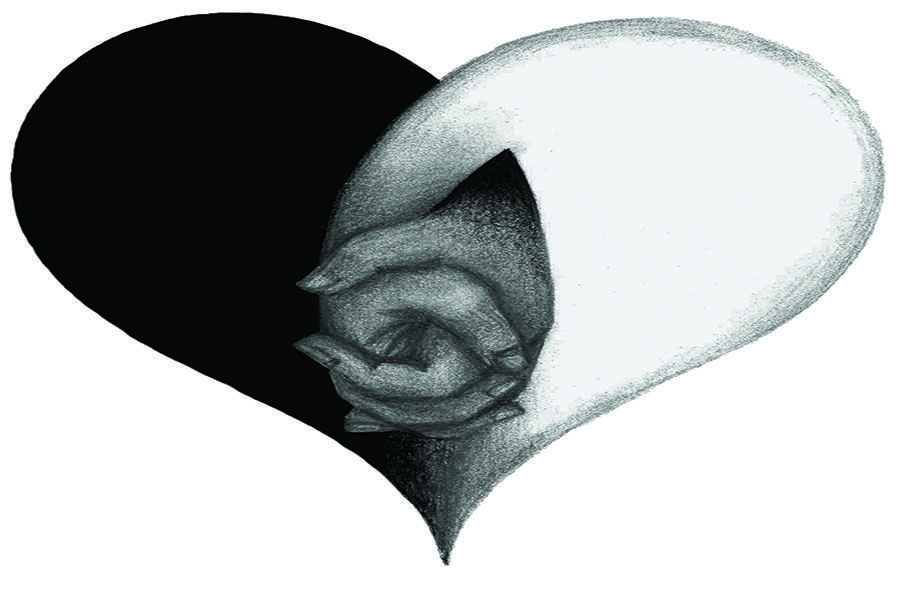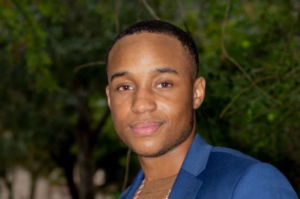Colorless Love
March 30, 2015
Despite our different skin tones all human genetic make-up is 99.9 percent. To a couple like Bill and Patsy Helland that meant something. It also means something to biracial children like Mya Clark and younger interracial couples in today’s society. The freedom for two different people with different skin melatonin to be together.
“It will be 50 years on November 13 [since we first met] right in the heart of the civil rights movement,” Patsy Helland, a partner in an interracial marriage said.
There was a time when interracial marriage was illegal in 16 states. That ended on June 12, 1967 with the Loving Supreme Court case. However millions of people still do not support interracial couples.
“My parents were judged for being [an interracial couple]. They got weird looks and comments everywhere they went,” Sophomore Mya Clark said.
Bill and Patsy lived in Canada during the civil rights movement, and say their experience was somewhat more mild than they would have faced in the United States.
“We didn’t have that problem in Canada,” Bill said, “I mean we did, but there was no legislation against it.”
Patsy had protective sisters who wanted to make sure she would not get hurt in an interracial relationship.
“I lived with my two sisters and they were afraid for me to get into that type of relationship because sooner or later they felt I was going to be dumped,” Patsy said. “They were not against it, it’s just they were fearful that I did not know what I was getting myself into.” Patsy said.
Bill says interracial couples are not an issue, and should not have to be an issue.
“Till this day if we go to a party or a political event, people who don’t know me that well would ask me, ‘where’s your wife?’ And I would say the woman with the red purse or the woman over there,” Bill said. “I wouldn’t say black or brown because there is no need for that. When she would come over you could see that look, and they’re good people. I’m the bad guy for playing games, but it’s just a test to see the perception people have.”
Interracial couples deal with questions regarding their lifestyles.
“I remember [Bill] was once asked if he had adopted [our daughter],” Pasty said.
In today’s society, social media is often used to spread hate. In Bill and Patsy’s time, no one could hide behind a keyboard to share an opinion.
“I have very good ears,” Bill said. “I could pick things up in restaurants, and when our daughter was born. I remember people would come up to her and give her money. Everyone wanted to see her because she was such a beautiful baby and that was different to people, but then again it was the 1960’s.”
Even biracial children may face the prejudice of having interracial parents.
“Our neighbors didn’t want me playing with their kids because I was biracial,” Clark said.
Society changes as time goes by, and the views of interracial couples have changed. The younger generation tends to gives more of an accepting views to different ethnicities being together and people have interracial parents.
“No one has really said anything about my relationship,” partner in an interracial relationship Sophomore Jordin Greensweight said.
Jordin and her boyfriend Nicolaus’ relationship today are much different than Bill and patsy’s
“At first I didn’t like him,” Greensweight said. “I thought he [Nicolaus] was annoying, and then one day we started talking on Skype, and we played video games together. Then I started to find him adorable.”
Like most love stories, people grow on each other; in this case Bill and Patsy’s story is a little more traditional.
Couples like Bill and Pasty never stop believing in what they have as a couple. Despite the ignorance or intolerance of others, till this day did not stop two people from loving each other.
“You can be in an interracial relationship and still have peace,” Greensweight said.






